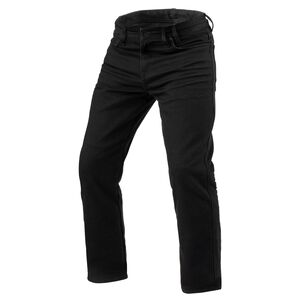I’ve only ever been car sick twice: In the back of an EV Uber in Los Angeles traffic and in the backseat of the shuttle Yamaha provided to take us from Knoxville, Tennessee, to Fontana Dam, North Carolina. Slightly nauseating for me at the time, but the curves provided a beautiful preview of the following day’s ride, which would include the infamous “Tail of The Dragon,” on the up-spec Yamaha MT-09 SP.
There aren’t a staggering number of differences between the standard MT-09 and the SP, but they do provide significant value for the $1,700 price difference. For this first ride review, I’ll focus on those differences, but if you want an in-depth review of the platform, see Dustin Wheelen’s first ride review.
As I made my way from California to Tennessee, I had my own reasons for being curious about those few but important differences.
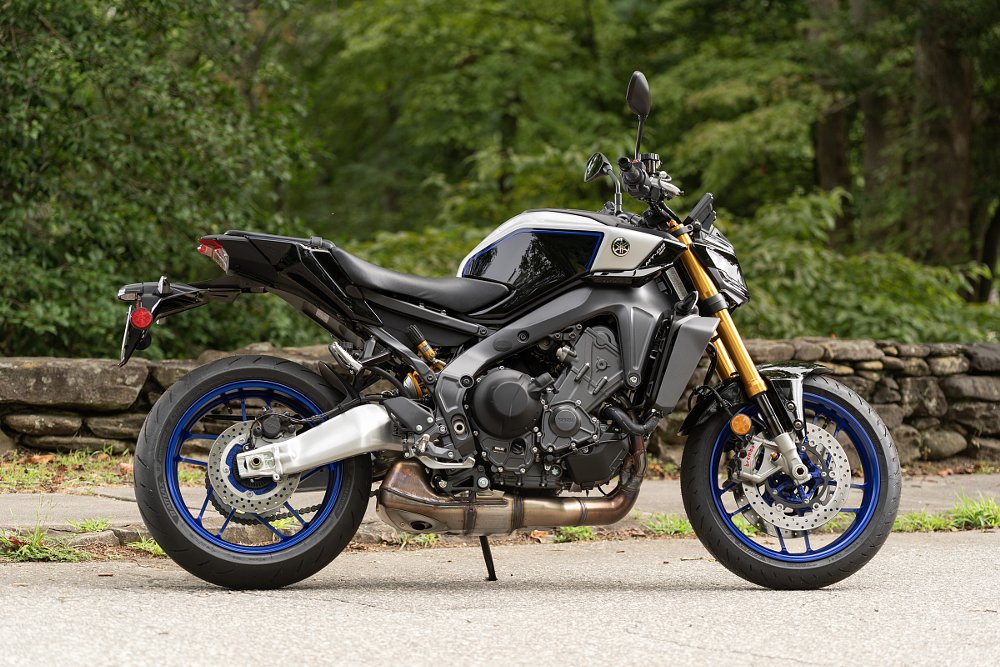
Prologue: Setting a baseline with the base MT-09
You see, I really wanted to like the base model 2024 MT-09. After spending a few tanks of gas with it commuting across Los Angeles and riding the fast canyon roads that litter the Angeles National Forest, I came to have an immense, albeit complicated, infatuation with Yamaha’s three-cylinder menace. I was immediately struck by how friendly the 117-horsepower triple was when mated to the incredibly slick quickshifter. It seemed to make power everywhere I wanted and the rider triangle felt molded to my five-foot, 11-inch, 32-inch-inseam frame. The rear shock’s factory preload setting was definitely intended for someone more stout than my 155-pound physique, but after dropping it to the minimum preload I was able to make the ride much more compliant.
I had very few complaints about the MT-09 as a daily rider. Sure, the left turn signal was often confused for the horn and I couldn't change the riding modes with cruise control engaged, but overall I was really enjoying our first few dates. It wasn’t until we started moving faster that the red flags began popping up. My favorite section of canyon road is full of long sweeping third- and fourth-gear corners and from the first left-hander the Yamaha started sending me mixed signals. The engine begged me to keep climbing the revs, but the suspension punished me for even the smallest inputs mid corner and felt unstable on tip-in any time I was trailing the brakes.
“No matter!” I thought. "This is the beauty of adjustable suspension." After a quick pit stop and a healthy dose of slowing the rebound front and rear, and adding compression up front, the bike felt so much more stable, and I was content until I realized that to reach my ideal settings I had maxed out the damping on both ends.
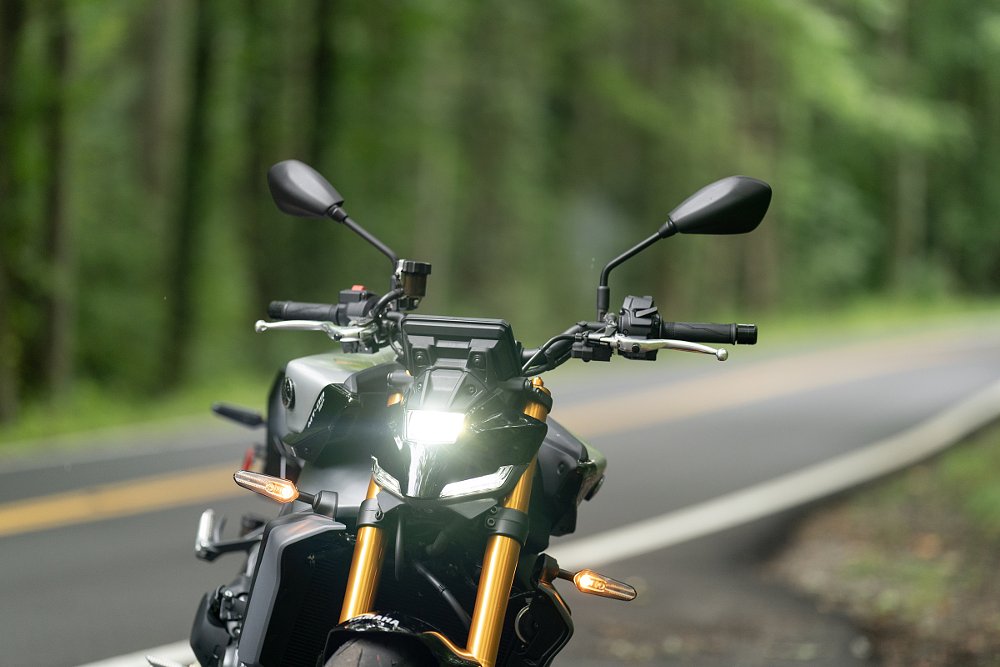
One benefit of adjustable suspension is that you can adjust as suspension oil in the fork and shock break down over time… until you run out of clicks. Then it’s time for a suspension service. With only 800 miles on the standard MT-09 press bike I had, it was pretty evident I would need to make some immediate changes if I were to add one to my garage.
That’s why, as I sat on the plane headed for Knoxville, I saw hope on the horizon.
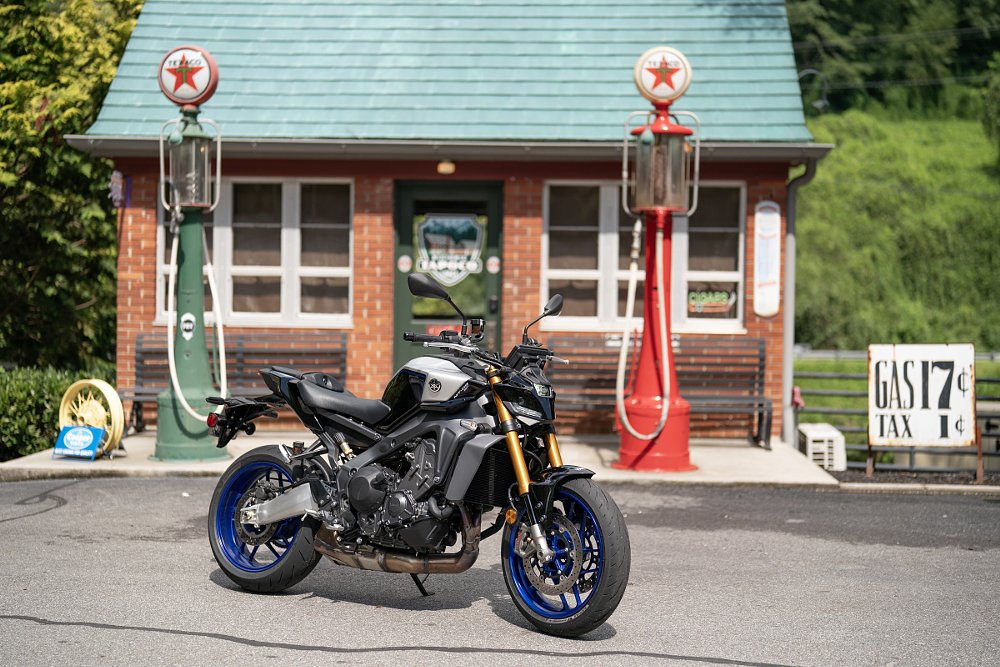
Southern charm
The two-tone silver and black paint really makes the fourth-gen MT-09 facelift sing and is well complemented by the brushed and clear-coated aluminum swingarm and blue pinstriping. But as I walked up to my test bike for the day, what made my eyes gleam most was the golden Öhlins shock, matched by a striking, four-way-adjustable KYB fork with ever-so-slick black diamond-like coating.
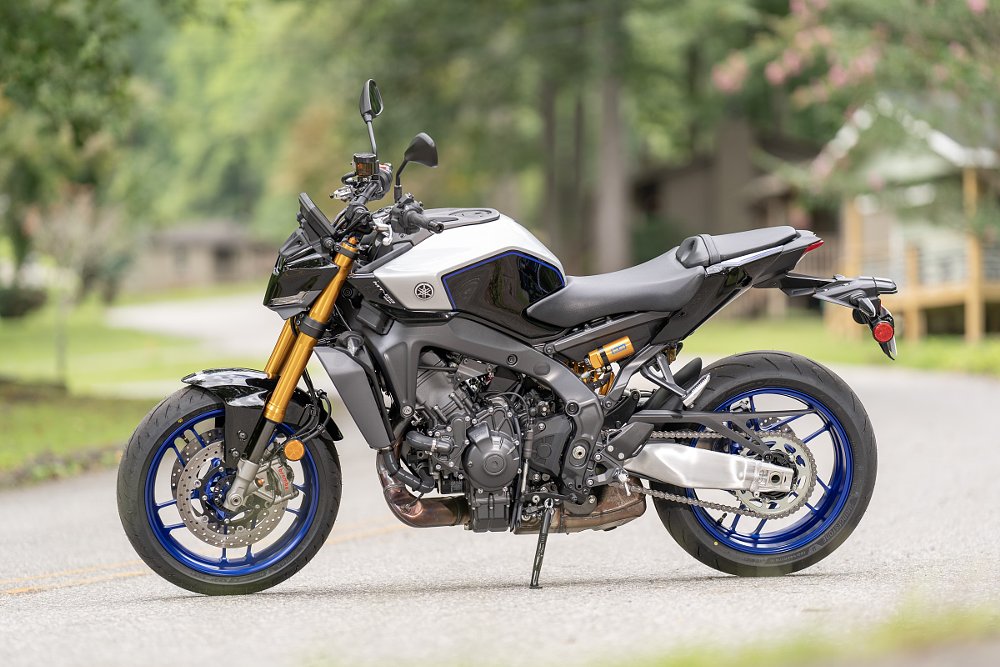
After a brief safety meeting, we headed directly into the foggy twists and turns of North Carolina Highway 28 or, as it’s better known, “Moonshiner 28.” Due to heavy rains the night before and a recent shoulder mow, the road was damp and covered in debris. This was my first inclement weather experience with the Bridgestone S23 tires that come equipped on the standard and SP models and I was very impressed with the feel and feedback, despite the road conditions and cool weather.
At this more conservative pace, the bike felt supremely planted and I was really impressed with how well the suspension soaked up the imperfect tarmac. My worries about the base model’s suspension started to melt away from the back of my mind. The improvement in overall ride quality was staggering.
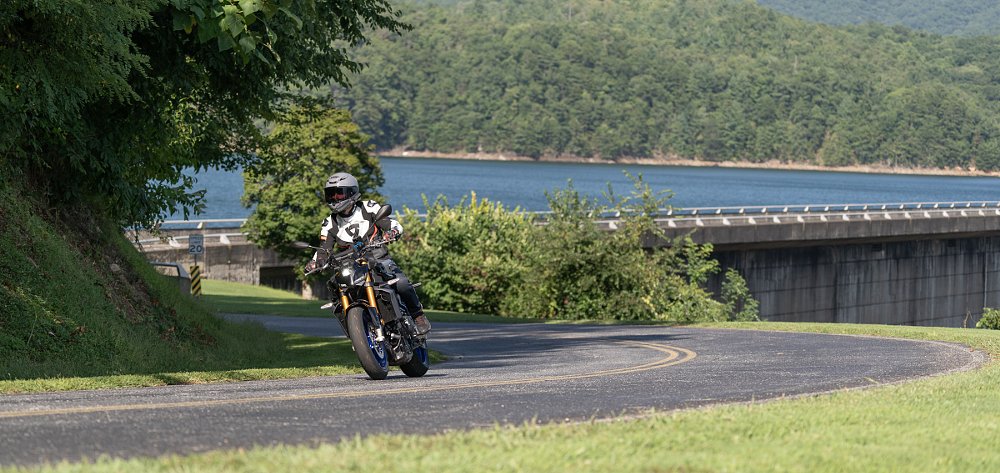
As we made our way onto Cherohala Skyway, three things happened. The skies cleared, the roads dried, and the pace increased… substantially. If fast sweeping corners that never seem to end sound like your idea of a good time, the Skyway deserves a spot on your riding bucket list. It was here I really fell in love with the intake amplifiers and quickshifter that come standard on both MT-09s. Although there are no mechanical differences in the powertrain itself, the SP allows even more customization of the bike’s electronics package. Brace yourselves, there is a lot to unpack here.
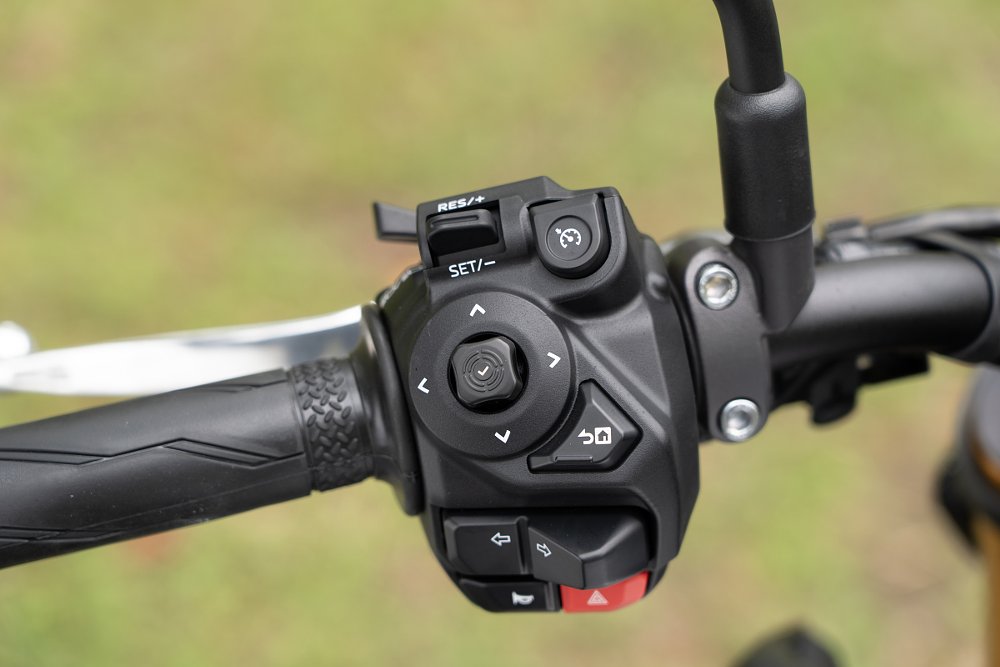
The R1-derived six-axis IMU already allows customers to adjust traction control, slide control, lift control, brake control, throttle maps, the quickshift system, and back slip regulation, but thanks to the SP-exclusive “Track” theme, riders are granted the ability to change the engine braking between two levels and entirely disable rear ABS. (I promise that will be the longest sentence in this article.) If you thought the electronics couldn’t get any more robust, Yamaha gives riders four customizable track-specific ride modes that bring the grand total to nine ride modes. Unlike the five standard riding modes that can be cycled through from the press of the mode button (when the throttle is closed), you have to be at a complete stop to enter the track modes.
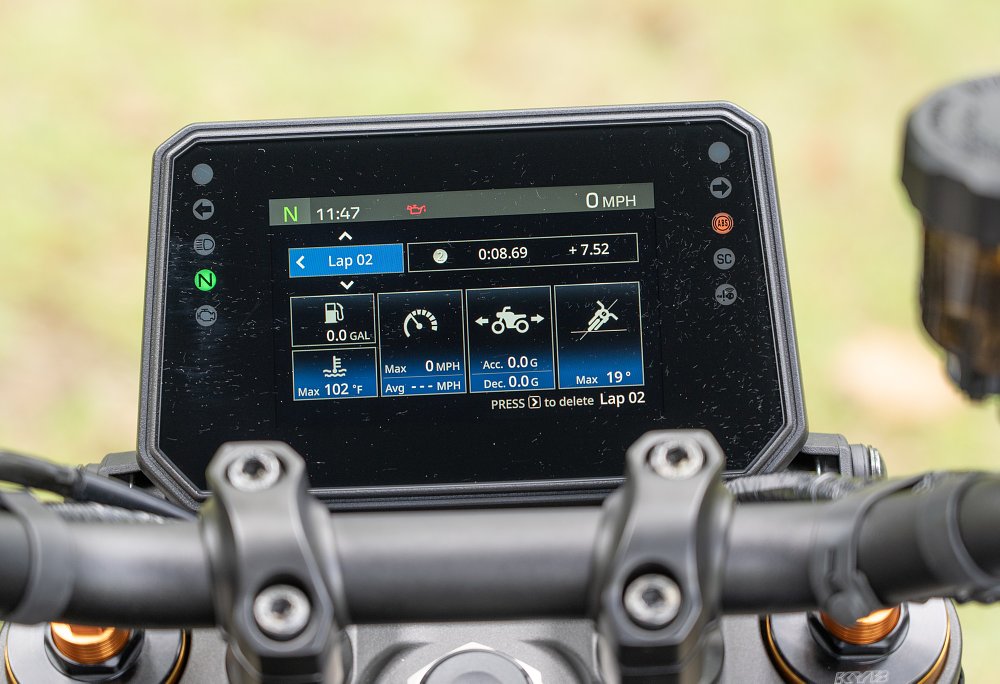
The TFT display also offers a few different track-specific layouts with a lap timer that can be activated on the go from the cruise control button. Manual lap timers are a big pet peeve of mine as they are wildly inaccurate and rely on the rider to start and stop the timer while actively riding, but the SP does have a fun trick up its sleeve. If you go back and review each “lap” in the menus, you can see information about your session, including maximum lean angle, braking G forces, and acceleration G forces. I’m all for gamification, and hey, whatever helps you “win” your track day sounds pretty good to me. As Brian Murray from Socal Supermoto would say, “If you want to get faster, buy a lap timer. If you want to stop having fun… buy a laptimer.” If it were my bike, I’d hit the start button at the beginning of each session for those metrics, but rely on my GPS lap timer to humble me like the good Lord intended.
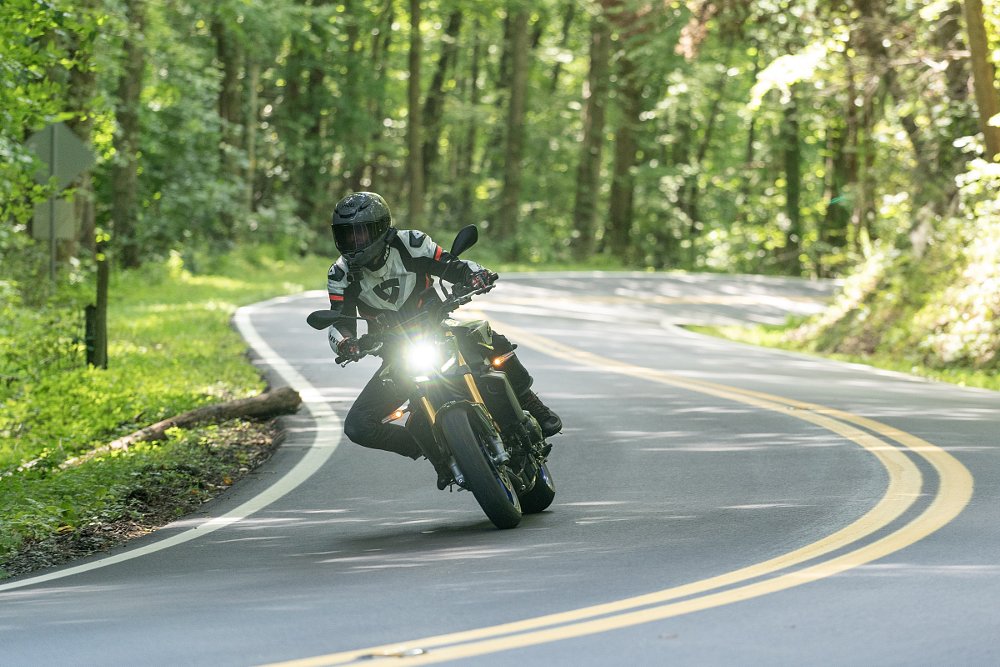
A Tale of Two Dragons
Our final section of the day was the infamous U.S. Highway 129: The Tail of the Dragon. Draped across the border of Tennessee and North Carolina, The Tail consists of a reputed 318 turns crammed into 11 miles of pavement. At times, it can feel like a roller coaster, and has claimed the lives of over 60 riders since 1995. Despite its imposing reputation, the Dragon famously attracts hundreds of riders a day on everything from superbikes to super cruisers. We were extraordinarily lucky to ride U.S. 129 with beautiful weather and almost nonexistent traffic. I would highly recommend going on a weekday.
Within the first two miles of riding, it became immediately apparent: This is supermoto paradise. For a 425-pound naked bike, the MT-09 tackled the Tail with the poise of a much lighter motorcycle. Its wide handlebar and razor-sharp front end feel made corner entry precise and the SP’s upgraded Brembo Stylema calipers very quickly became the star of the show. The standard brakes on the MT-09 were a great starting point, but with the improved suspenders on the SP came more confidence. With more confidence, more speed.
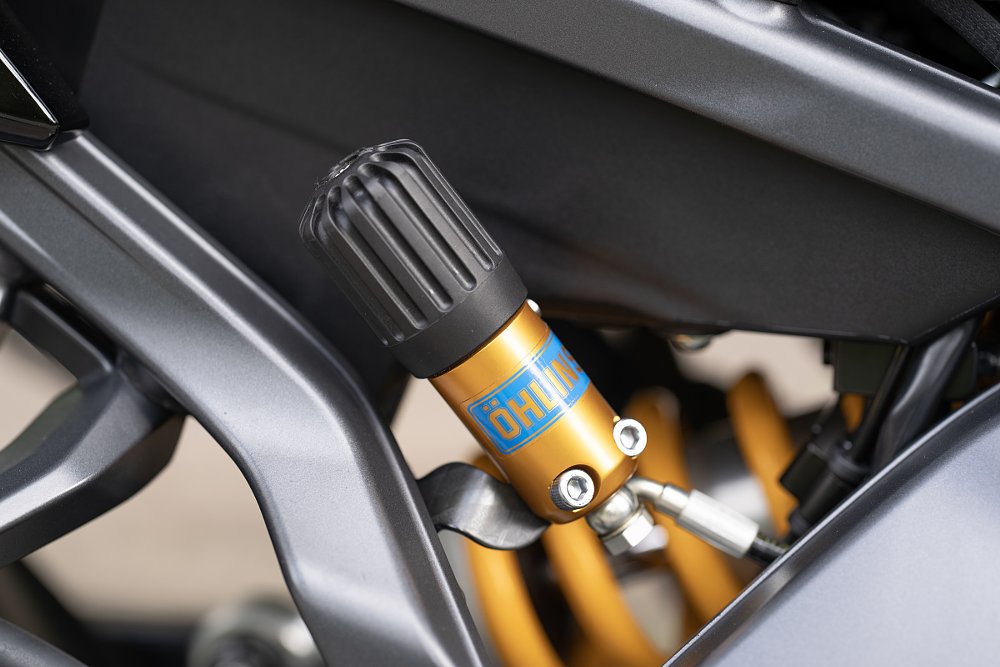
Naturally I had to brake a lot harder on the SP as I tried (and failed) to keep up with Josh Hayes, who has more AMA Pro roadracing victories across all classes than anyone in history. Those Stylemas provided such terrific stopping power and feel that for about 10 corners I thought I might be able to catch him. I was delusional.
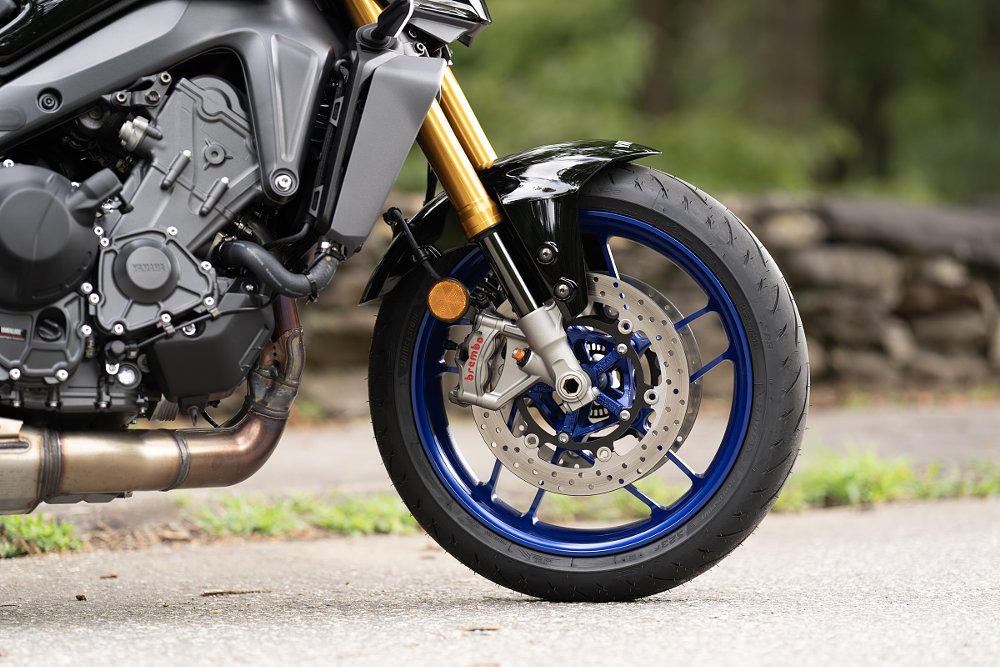
Unfortunately for the SP, this incredible road exposed one of the platform's few weaknesses: second gear. If you read Dustin’s first ride of the MT-09, he well documented the flat spot from 1,300 to 4,000 rpm, with the power rush not really coming on until closer to 6,000 rpm. I didn’t really find this to be a problem in most of my riding at home, or even the first part of the press ride, because I constantly found myself in third gear or higher. On the Tail of the Dragon, it stuck out like a sore thumb. With only a handful of corners requiring a drop to first gear or a rush to third, I found myself trail braking deep into corners only to feel like I was waiting at a bus stop for the power to come on and propel me onto the next straightaway. After talking with one of Yamaha’s product planners, they alluded that the triple makes as much power as it can to stay within the strict emission limits imposed by governments around the world.
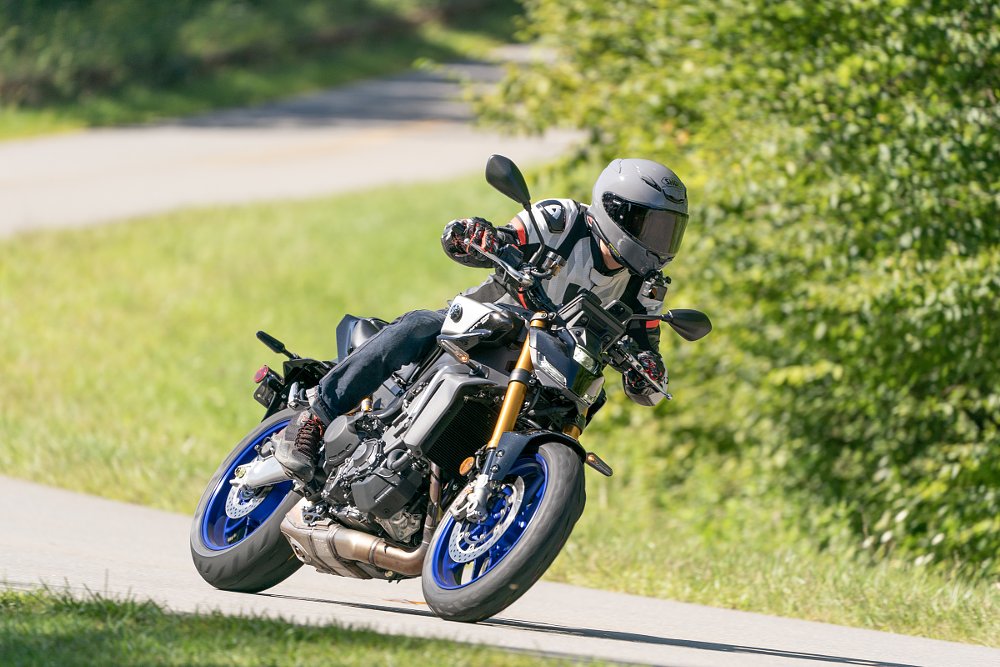
Thankfully, the MT-09 is in its 10th year and fourth generation of production, and is a readily available tune away from being one of the most compelling naked bikes on sale today. Just make sure you save up and buy the SP.
| 2024 Yamaha MT-09 SP | |
|---|---|
| Price (MSRP) | $12,299 |
| Engine | 890 cc, liquid-cooled, 12-valve, inline three-cylinder |
|
Transmission, final drive |
Six-speed, chain |
| Claimed horsepower | 117 @ 10,000 rpm |
| Claimed torque | 68.6 foot-pounds @ 7,000 rpm |
| Frame | Aluminum twin spar |
| Front suspension | 41 mm KYB inverted fork, adjustable for preload, high- and low-speed compression, and rebound damping; 5.1 inches of travel |
| Rear suspension | Öhlins single shock, adjustable for preload, compression, and reboud damping; 4.6 inches of travel |
| Front brake | Dual Brembo Stylema four-piston calipers, 298 mm discs with ABS |
| Rear brake | Nissin caliper, 245 mm disc with ABS |
| Rake, trail | 24.7 degrees, 4.3 inches |
| Wheelbase | 56.3 inches |
| Seat height | 32.5 inches |
| Fuel capacity | 3.7 gallons |
| Tires | Bridgestone Battlax Hypersport S23, 120/70R17 front, 180/55R17 rear |
| Claimed weight | 428 pounds wet |
| Available | Now |
| Warranty | 12 months |
| More info | yamahamotorsports.com |












